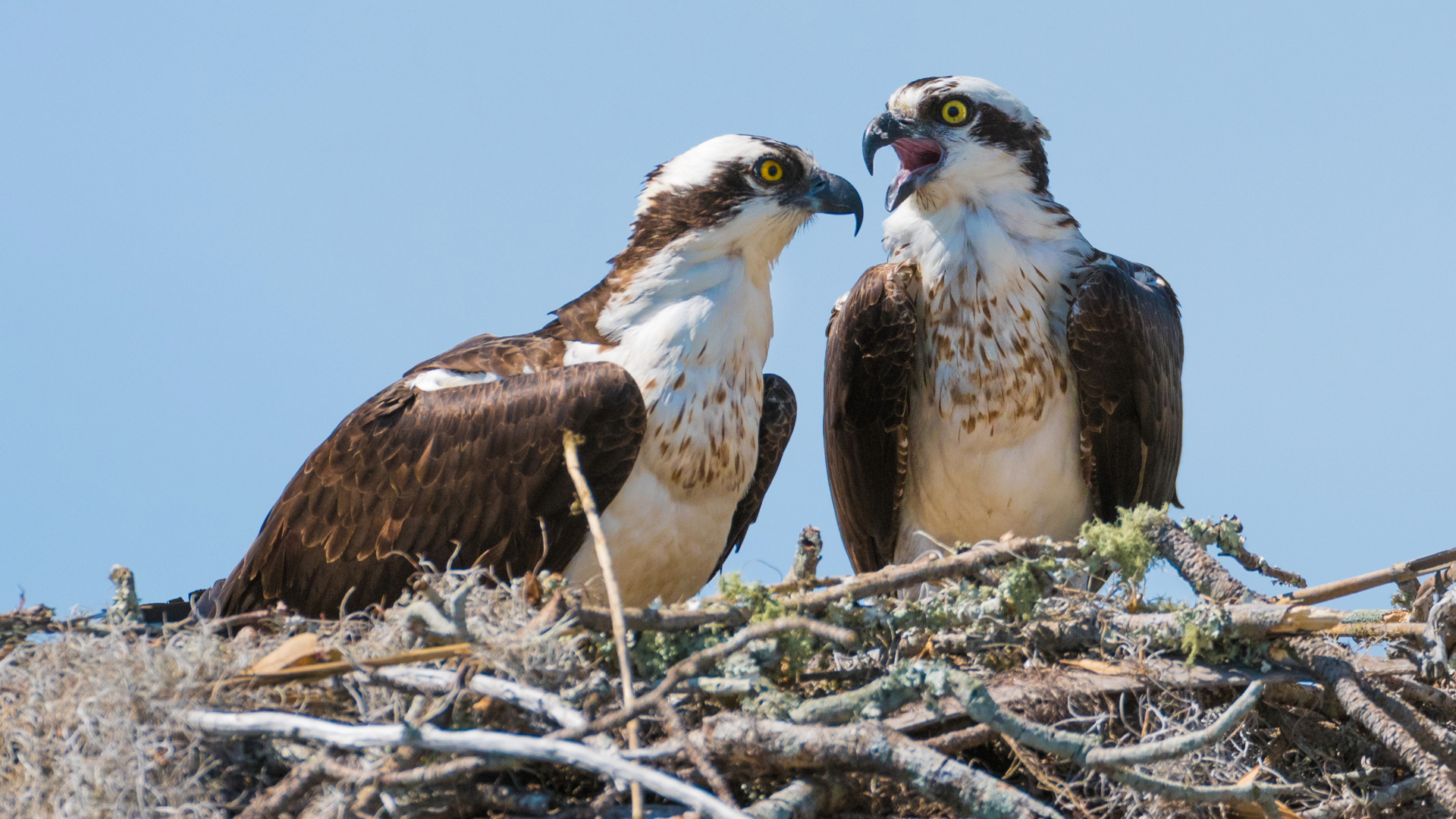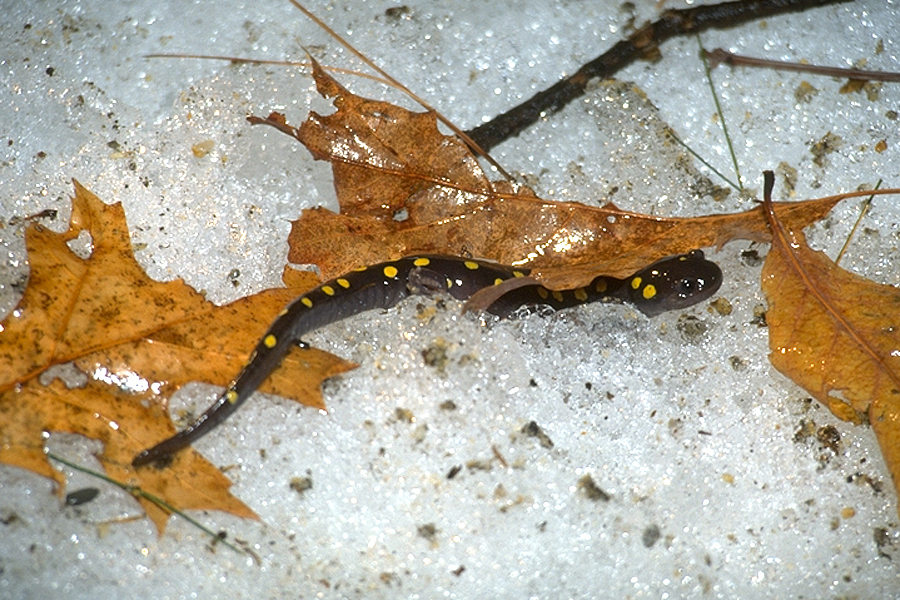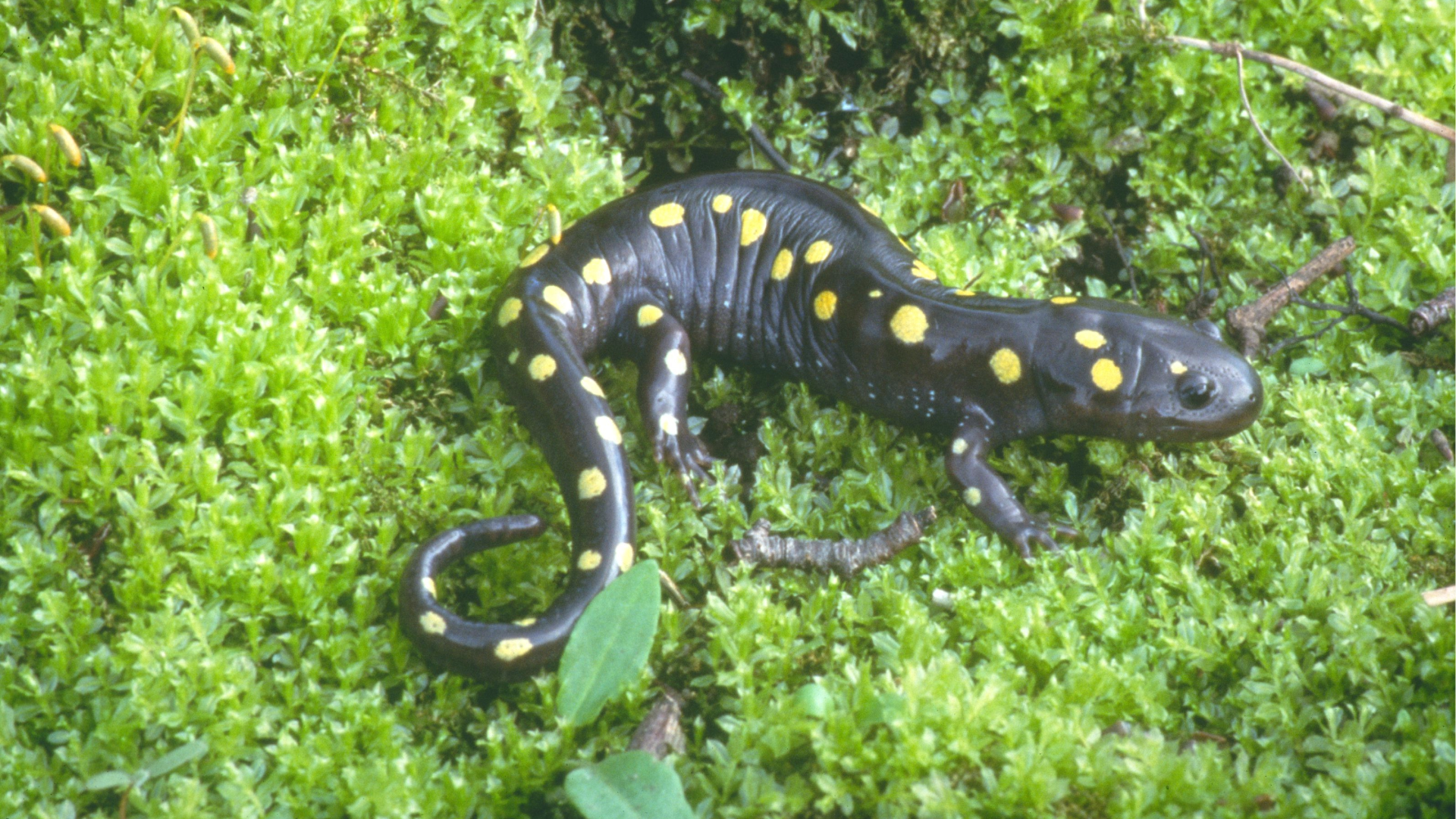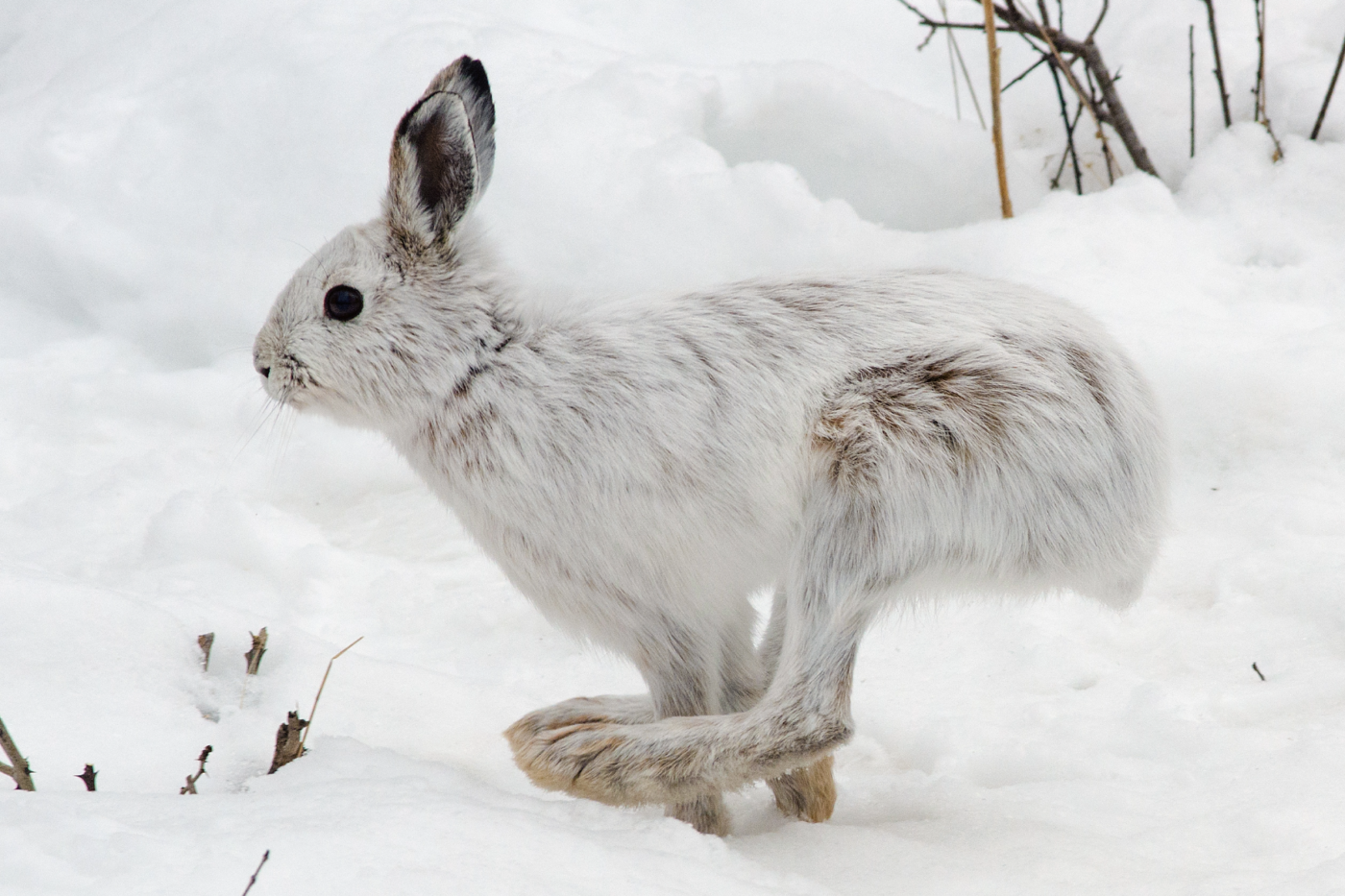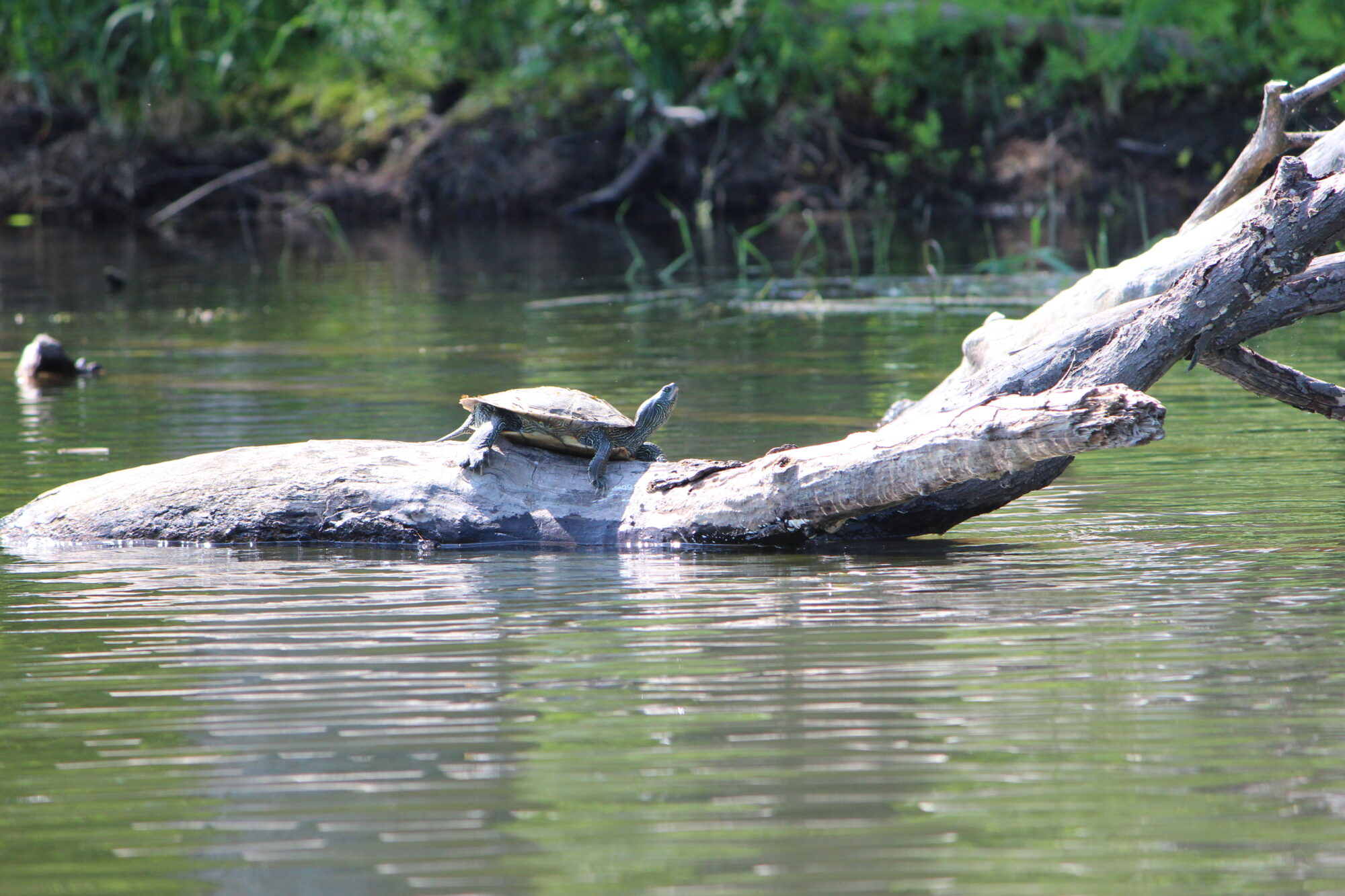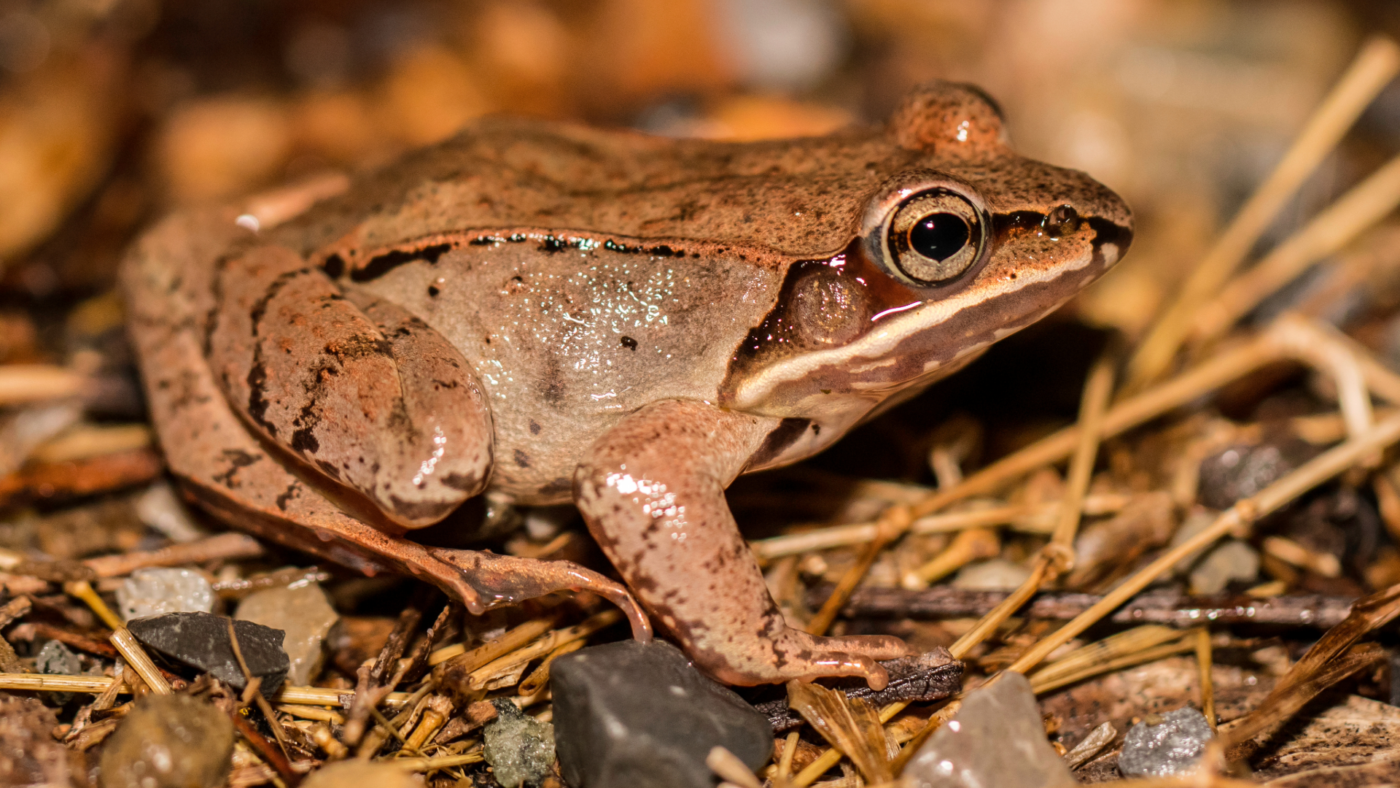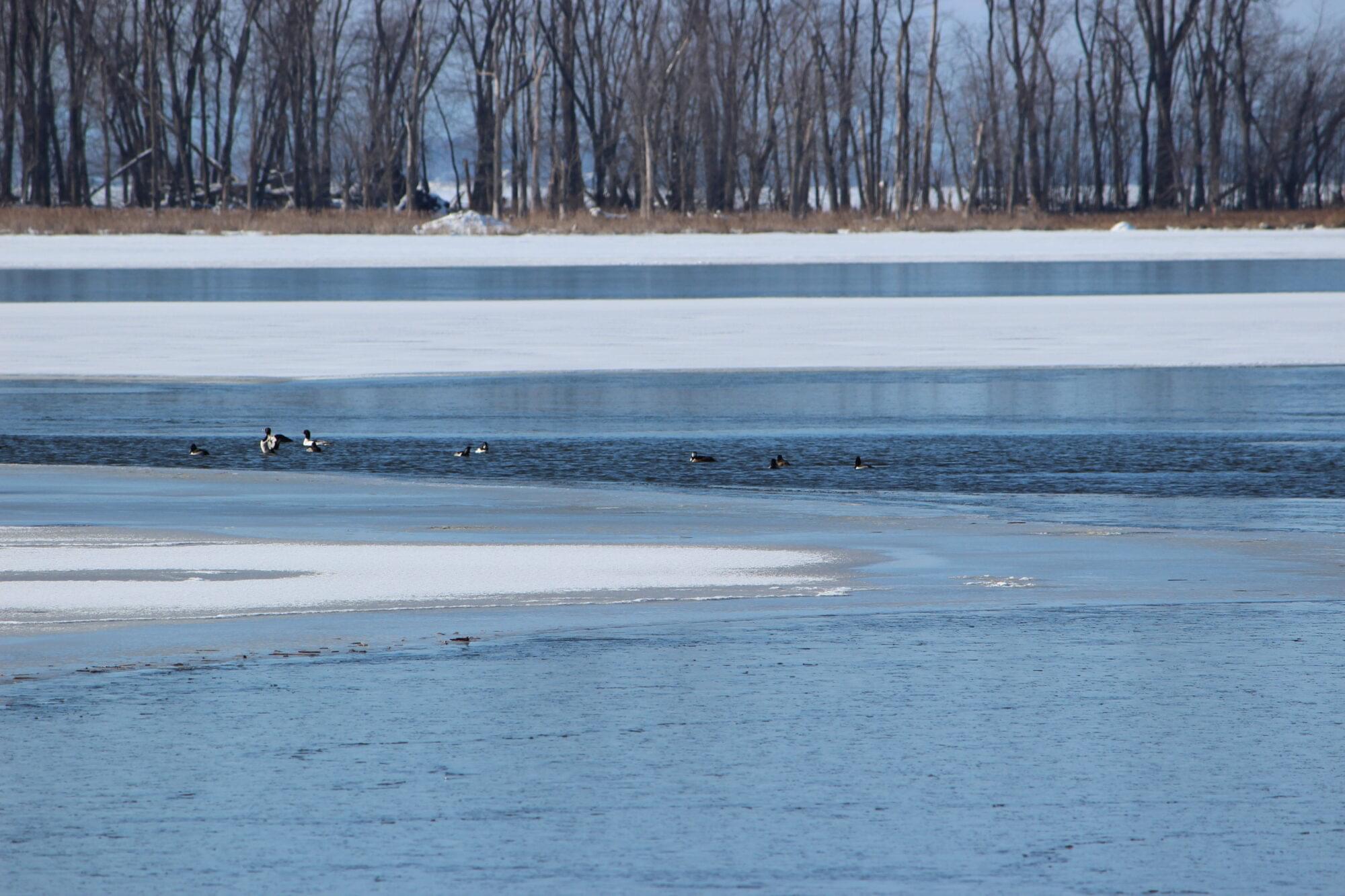
News & Media
Our staff at the LCBP Resource Room at ECHO Leahy Center for Lake Champlain have fielded a wide variety of questions from the public for more than 20 years. As educators, naturalists, and scientists, they often have had ready answers for many questions. Others have required a little more research. For much of this time, they’ve kept a log of the most compelling questions. In Lake Log, we dive deeper into the answers to many of these questions. Do you have a question? Or just want to talk about the Lake. Visit the Resource Room or send a note to our team there!
June 14, 2024
Adapted from Ice Age Waters and Ancient Oceans and Mountain Building, Lake Champlain Basin Atlas A: We often refer to the Lake Champlain watershed as the “Basin”, but how did ... Read More →
April 12, 2024
Many birds of the Lake Champlain region migrate south each winter in search of suitable conditions. The osprey undertakes one of the most unique and adventurous winter journeys, venturing far ... Read More →
March 7, 2024
Through the long Northeast winter salamanders and other amphibians hibernate on the forest floor beneath a blanket of leaves, some species freezing solid to survive the cold. But even in ... Read More →
March 7, 2024
Each spring, salamanders, frogs, and toads awaken from winter hibernation to migrate to their breeding grounds. In many cases these migratory paths cross roadways, resulting in significant mortality rates. Learn ... Read More →
January 22, 2024
A: Three species that reside year-round in the Lake Champlain basin have a unique adaptation that improves their odds of survival through the cold months of winter. The snowshoe hare, ... Read More →
January 15, 2024
A: During the warm summer months, it’s not uncommon to see turtles sunning on rocks or swimming through lakes and ponds, just like people. In the winter, however, turtles seek ... Read More →
January 3, 2024
A: Yes! Most frogs hibernate at the bottom of ponds, lakes, and streams, where the temperature holds steady at about 39 degrees Fahrenheit throughout the winter—just warm enough for survival ... Read More →
December 10, 2023
A: Each year in fall and spring, Lake Champlain and the air above it engage in a thermodynamic duet that results in the lake “turning over,” or mixing—a process both ... Read More →

